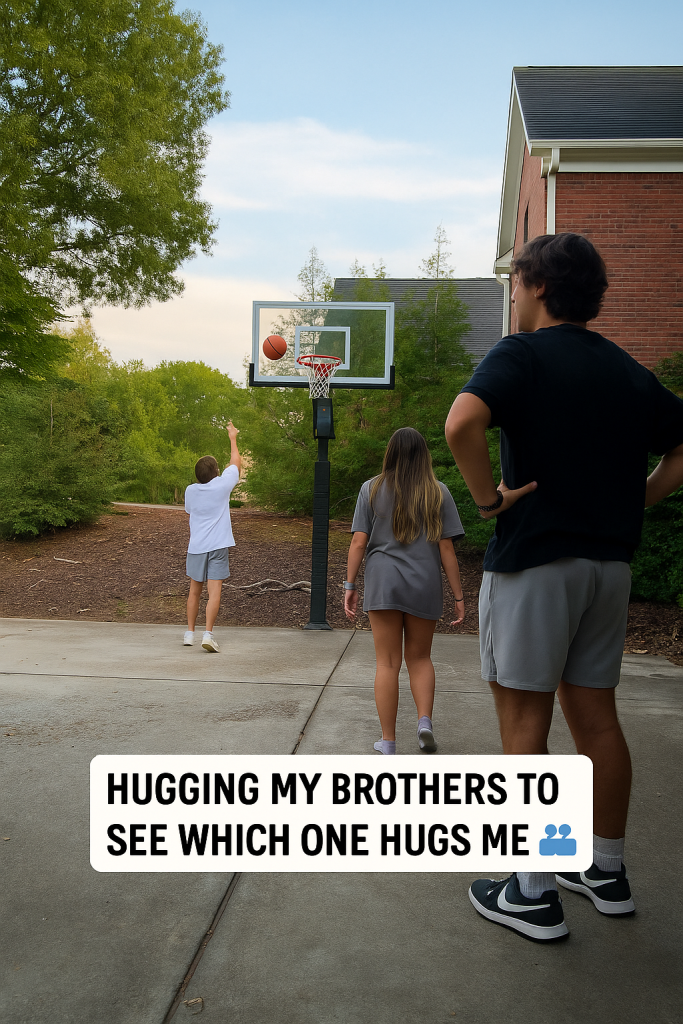In 2024, a fresh cultural phenomenon dubbed “middle child energy” is sweeping across social media platforms, turning a generational stereotype into a viral sensation. From trending memes to TikTok challenges, the phrase has captured the collective imagination of users worldwide, sparking humor, nostalgia, and new discussions about sibling dynamics.
The phrase “middle child energy” playfully refers to perceived characteristics traditionally associated with middle children in families — feelings of being overlooked, mastering the art of diplomacy, or simply embracing an independent spirit. This year, however, it has evolved beyond family lore into a social media trend that resonates far beyond birth order.
On platforms like TikTok, Instagram, and Twitter, users have been posting creative videos and memes that exaggerate and celebrate the unique traits of middle children. These posts often emphasize feelings of underappreciation juxtaposed with the middle child’s adaptable, easygoing, and sometimes mischievous personality. Popular hashtags like #MiddleChildEnergy and #MiddleChildMood have collectively amassed millions of views, comments, and shares.
One viral TikTok challenge encourages participants to share their most “middle child moments,” demonstrating either a quirky sense of humor or an uncanny ability to remain calm amid chaos. The trend highlights middle children’s reputation as the peacekeepers of the family—sometimes invisible but essential. Teenagers and young adults from diverse backgrounds contribute, reinforcing the universal nature of this sibling role.
What’s particularly notable about the “middle child energy” trend in 2024 is how it blends humor with self-affirmation. For decades, middle children have been joked about as the “forgotten” sibling, but this new wave shifts the narrative by embracing that position as empowering and cool. The trend is as much about reclaiming identity as it is about laughing at family stereotypes.
Memes typically depict middle children as the “black sheep” who quietly observe and adapt, or as masters of subtle rebellion and charm. Examples range from playful captions like “Always third, never ignored” to more elaborate comics depicting middle children dodging parental attention while carving out their own space. This reframing has struck a chord with social media users, inviting both participants and observers to reflect on their own sibling roles or experiences.
Experts in psychology suggest that social media trends such as these play a role in validating personal identity through shared cultural shorthand. The middle child archetype taps into broader themes of belonging, sibling rivalry, and personality development that many find relatable regardless of their actual birth order. Furthermore, humor serves as a powerful tool to break down long-standing stereotypes.
As the trend continues to grow, brands and influencers have begun incorporating “middle child energy” into marketing campaigns and content, recognizing its viral potential and wide appeal. From apparel collections to lifestyle videos, the phrase has become a shorthand for an attitude that is self-aware, resilient, and quietly confident.
Ultimately, the “middle child energy” phenomenon is more than just a meme. It’s a cultural moment that captures how younger generations use humor and shared experience to reframe identity, find community, and turn perceived shortcomings into strengths. In 2024, declaring you have “middle child energy” isn’t just funny — it’s a badge of honor.



